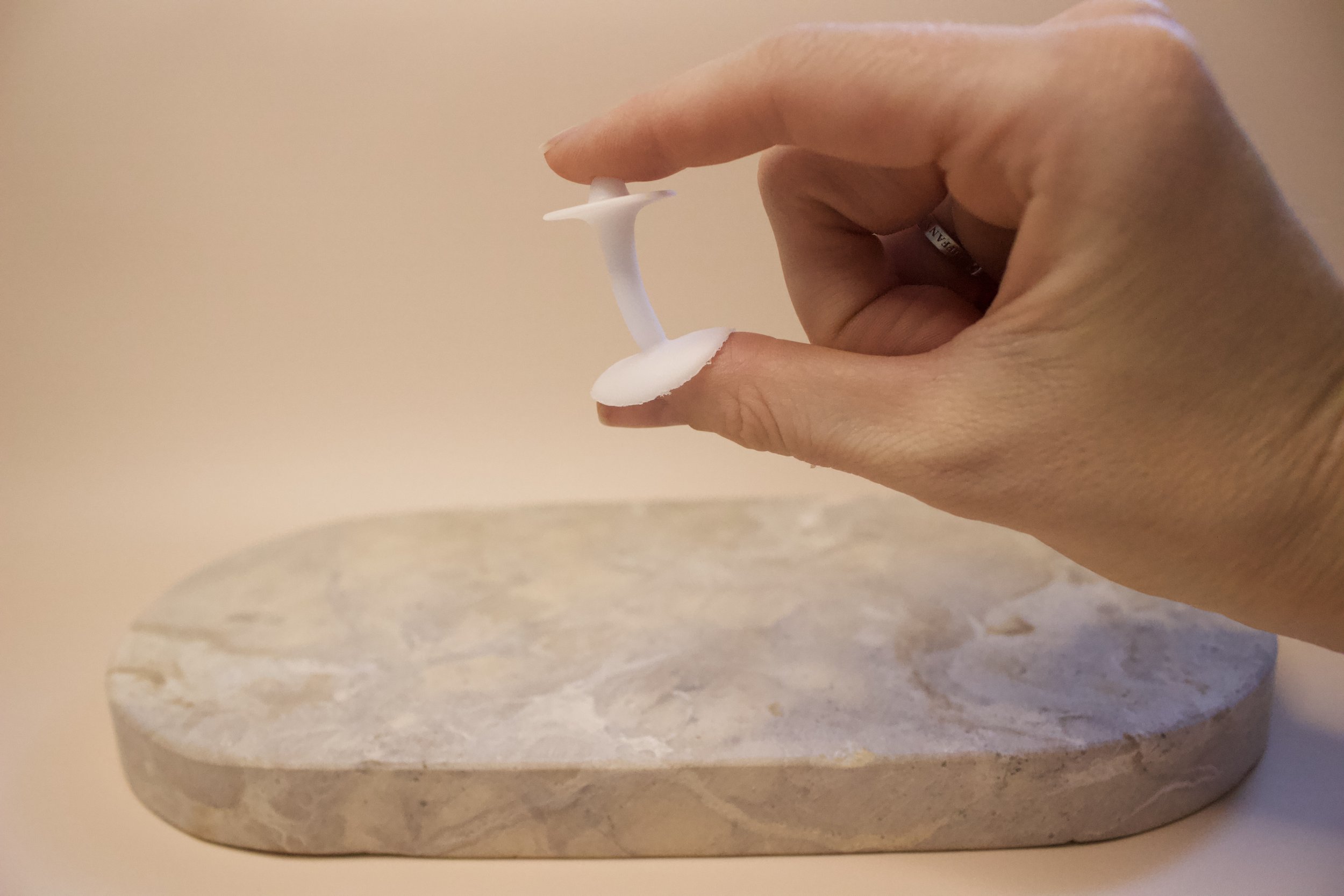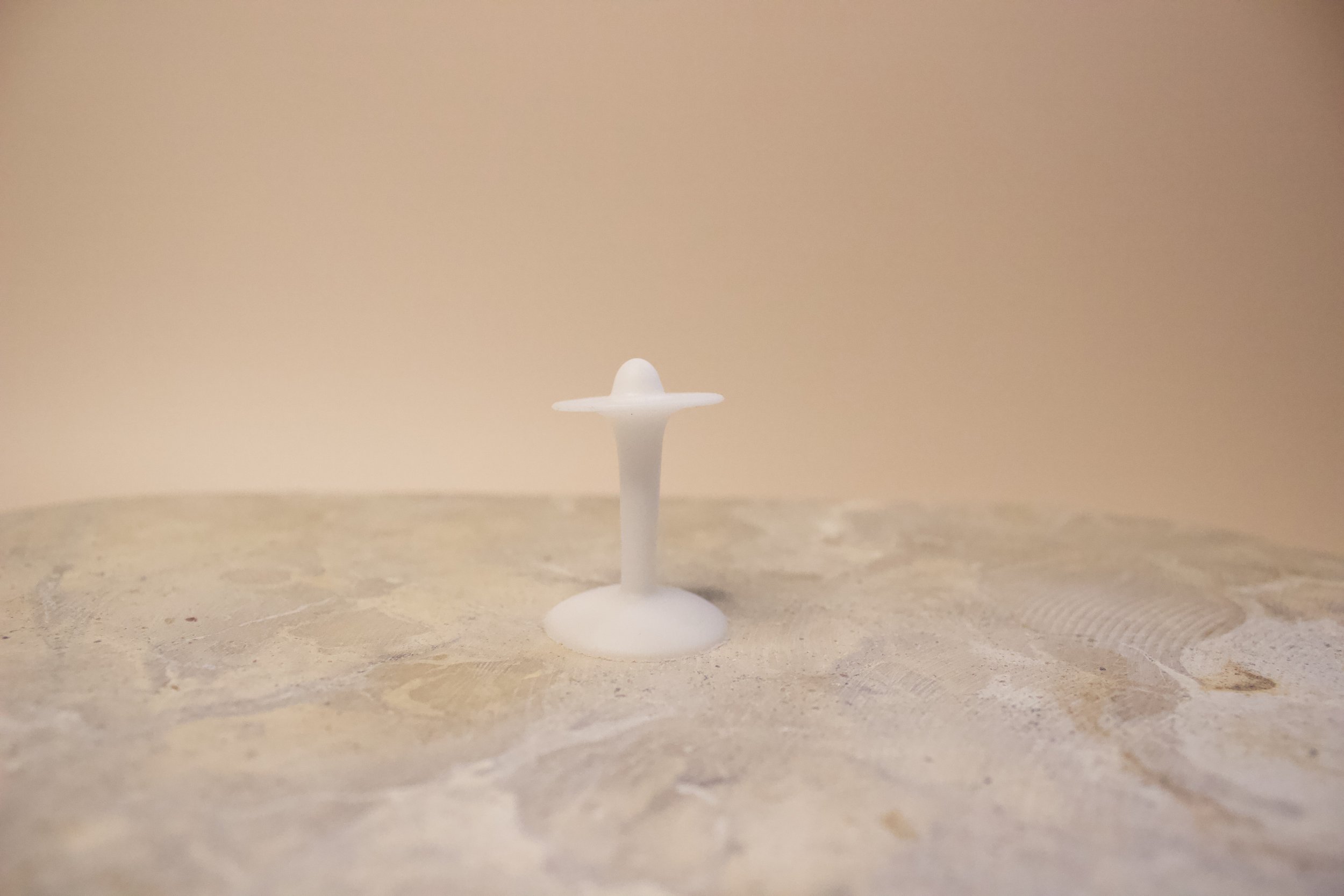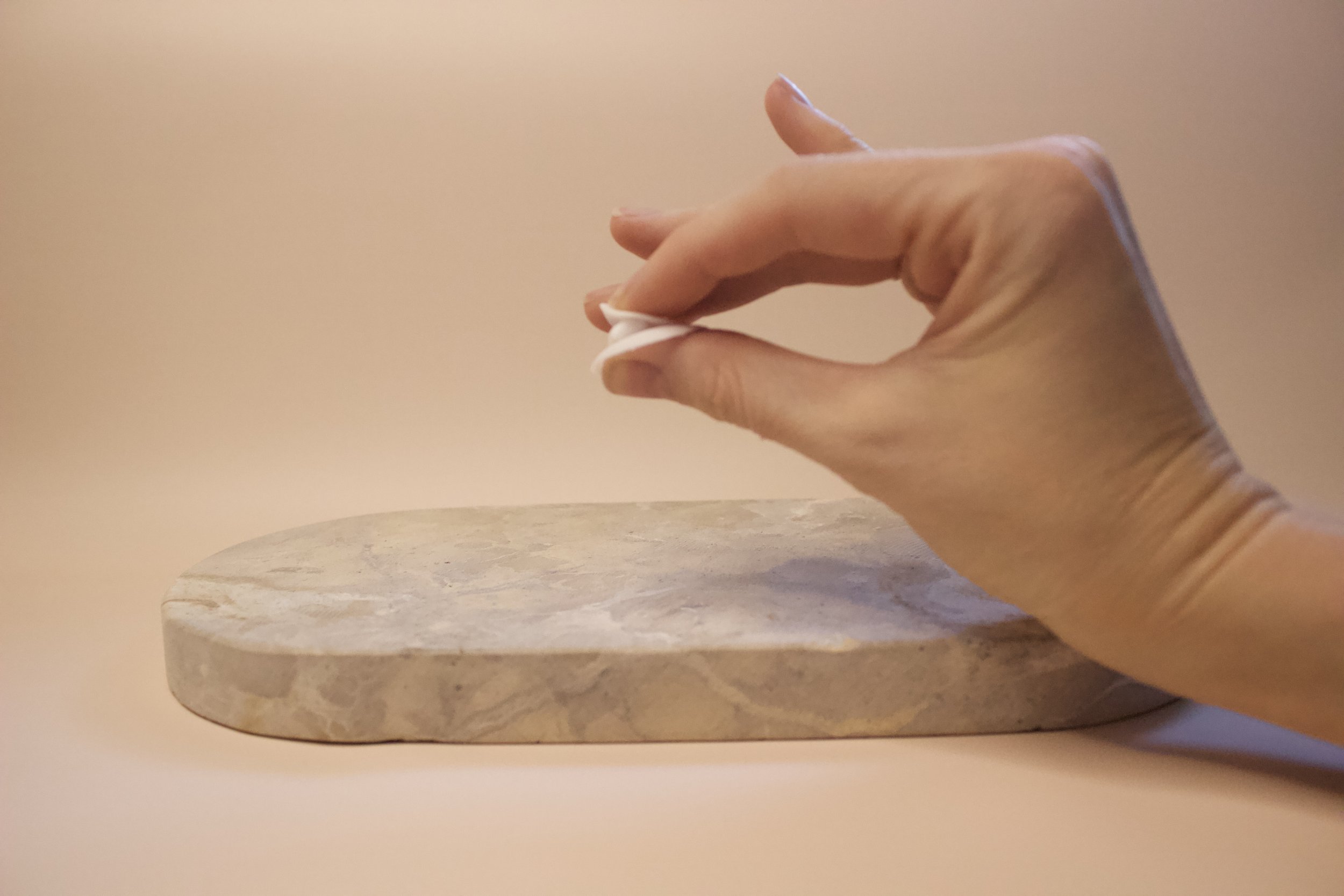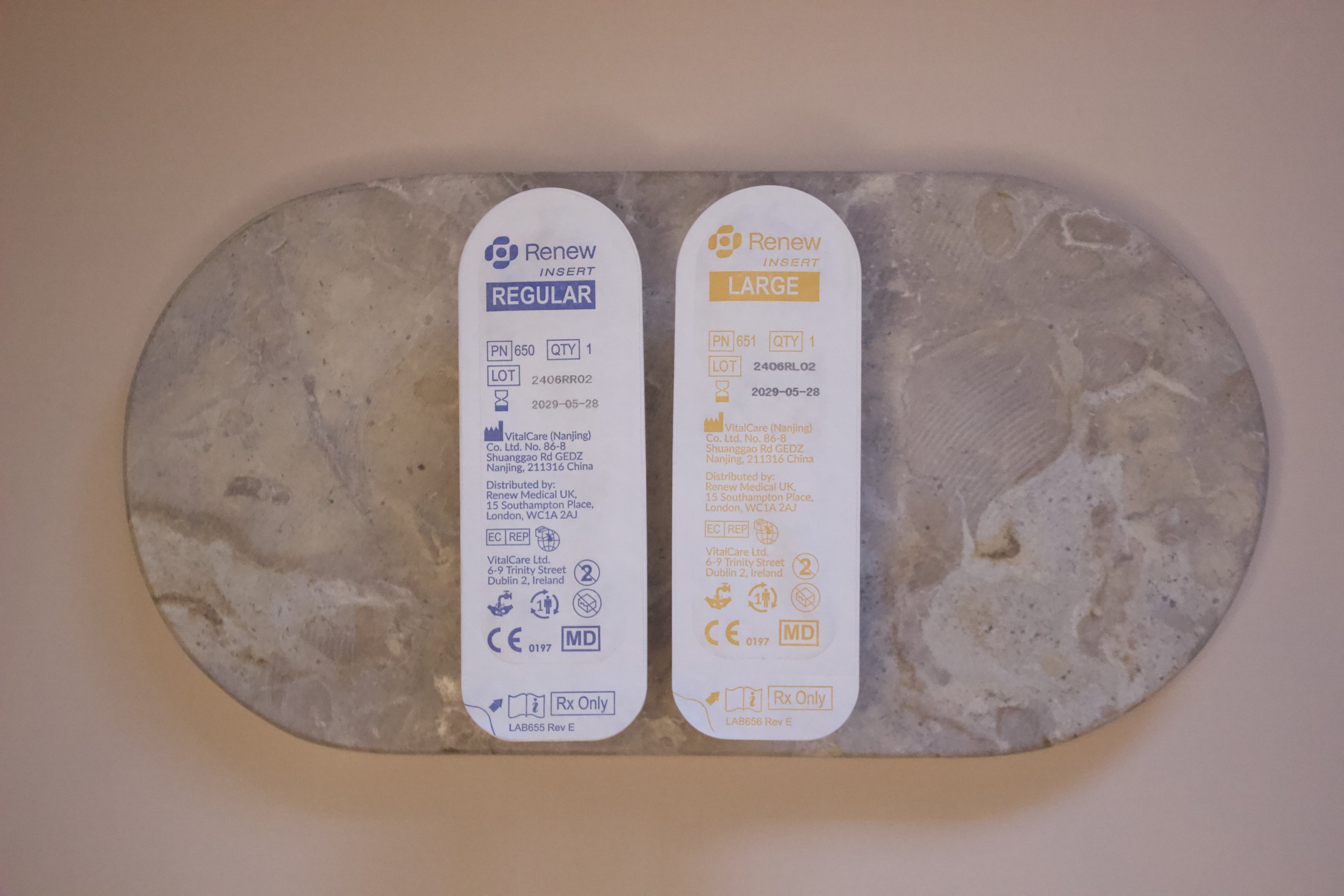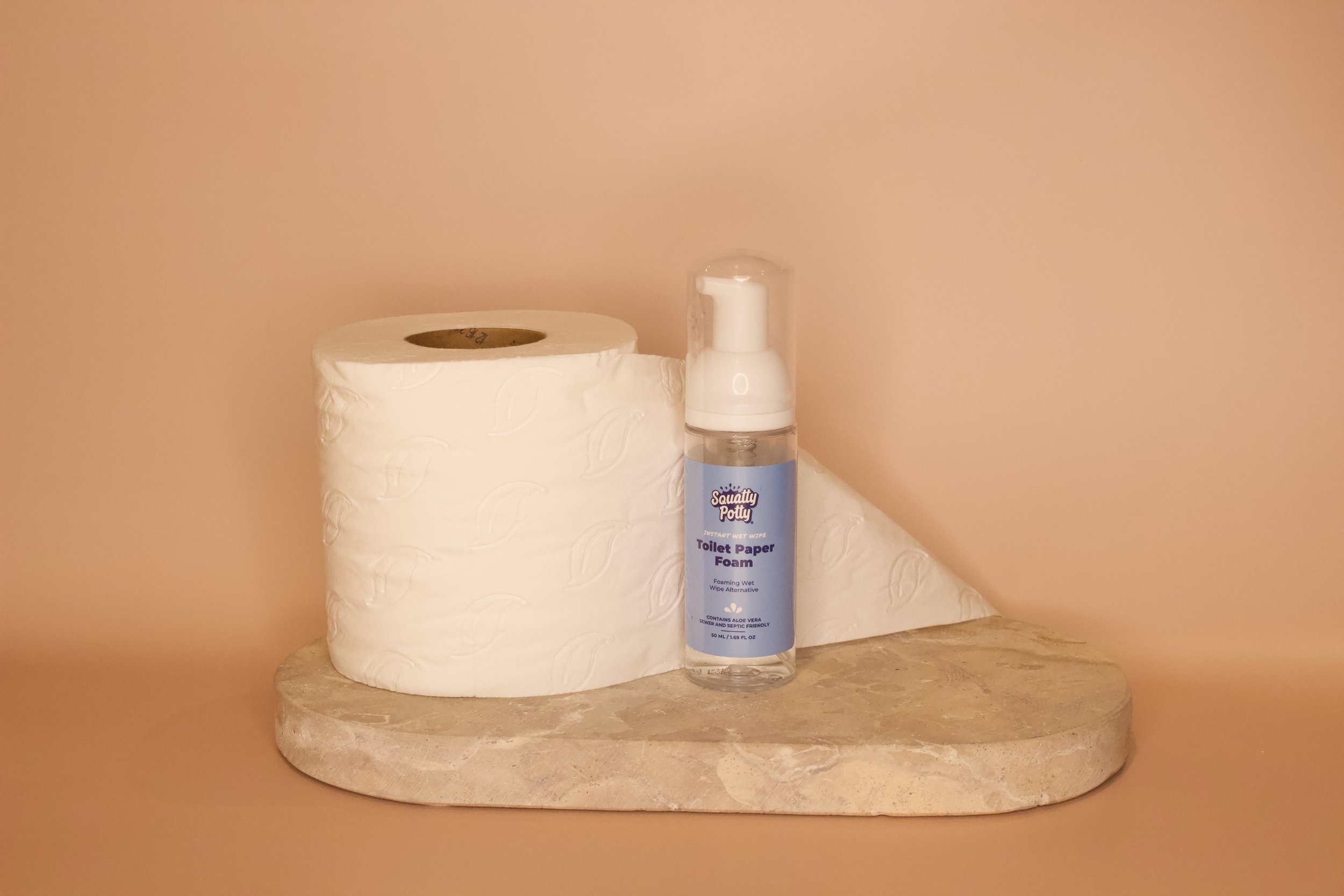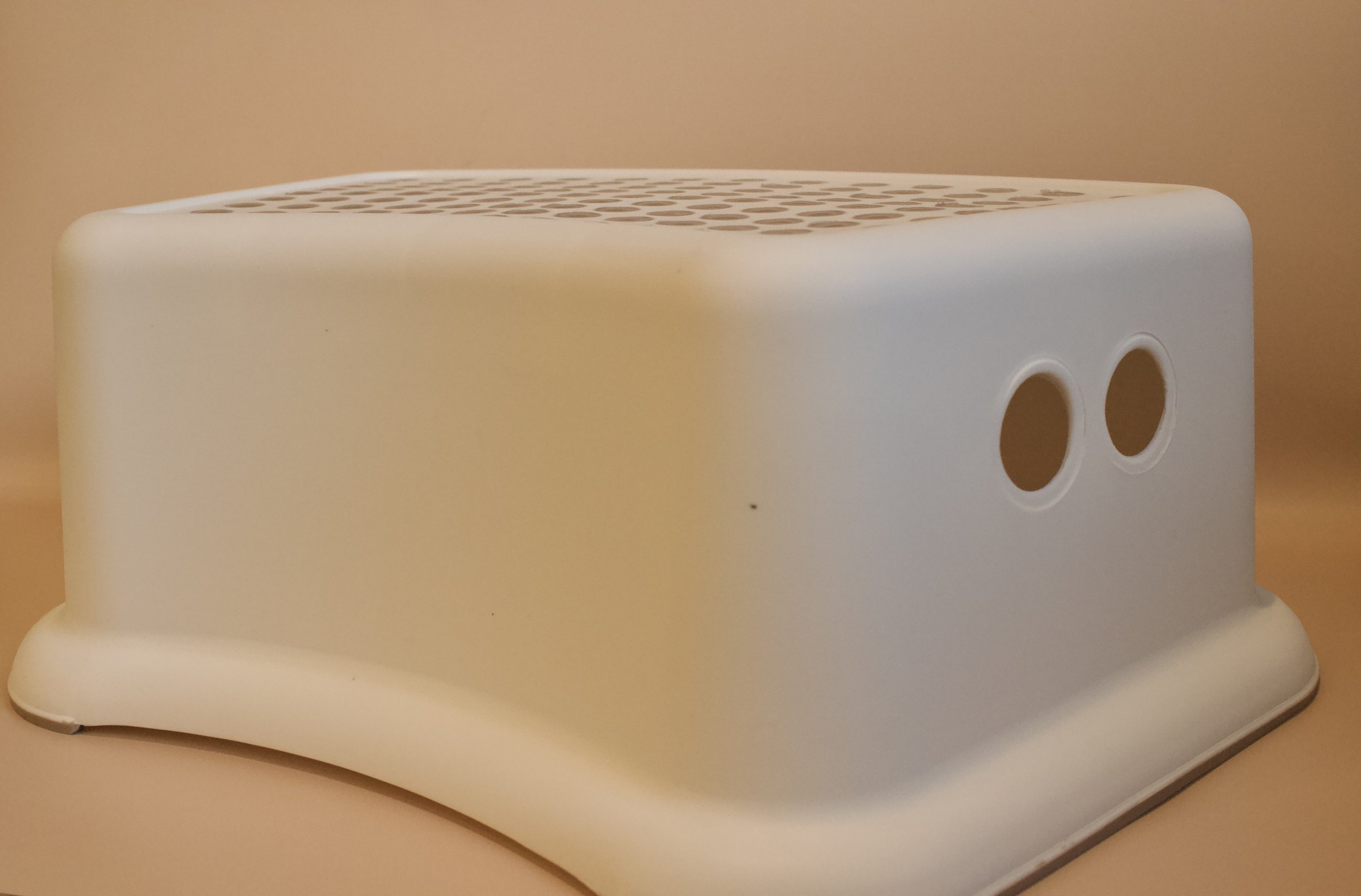 Image 1 of 4
Image 1 of 4

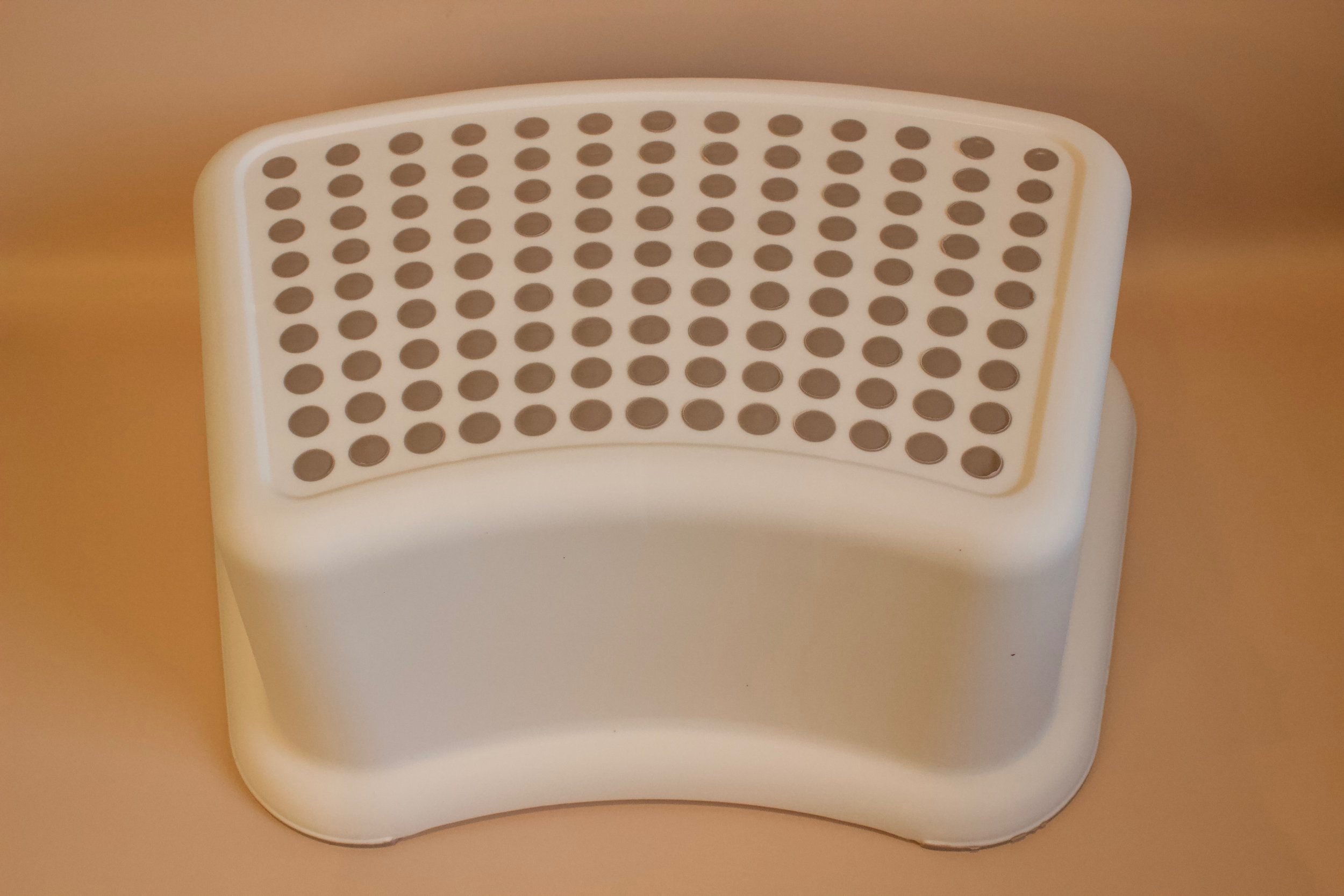 Image 2 of 4
Image 2 of 4

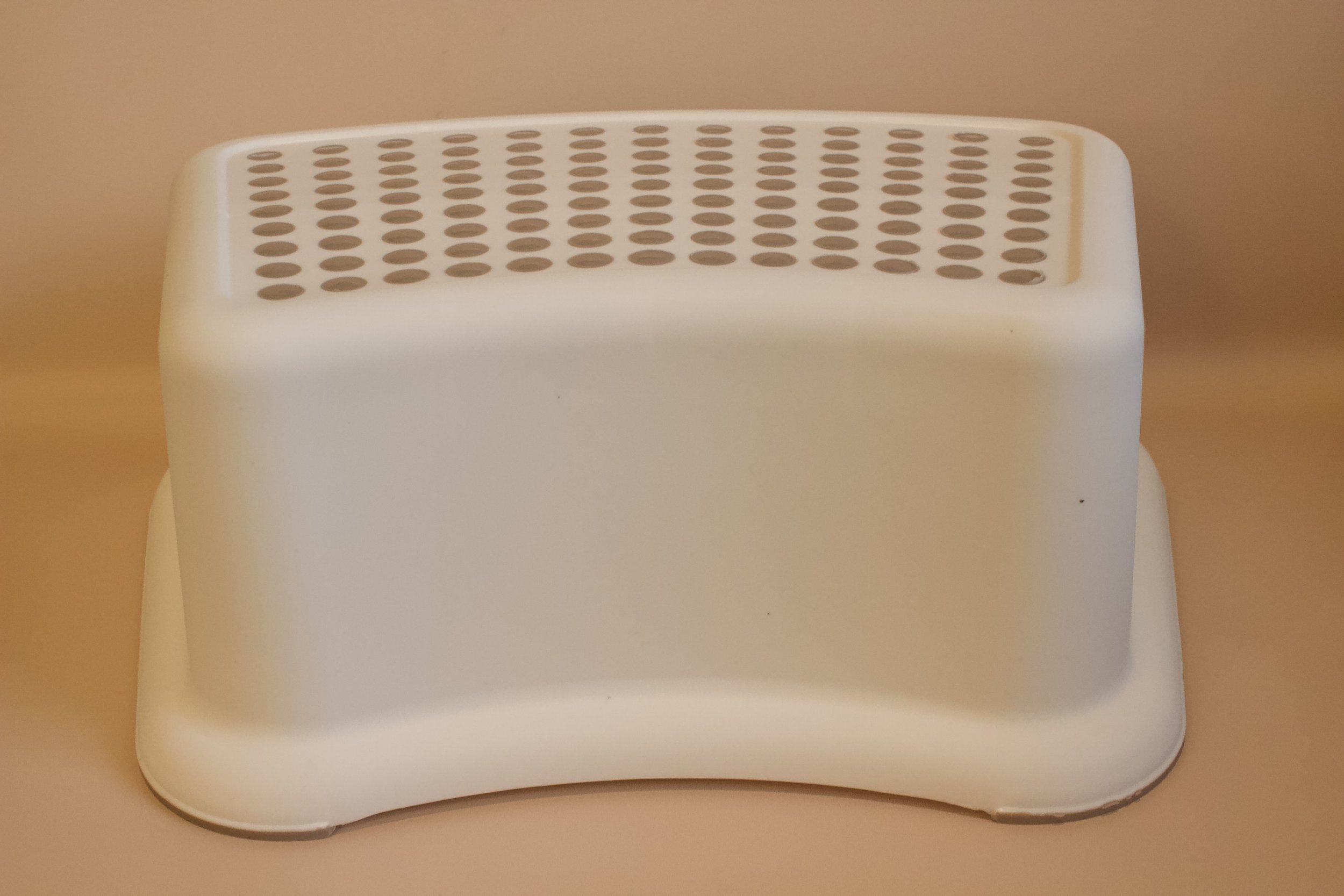 Image 3 of 4
Image 3 of 4

 Image 4 of 4
Image 4 of 4





Toilet footstool
Dimensions: 37cm (w) x 24cm (d) x 13cm (h).
Non-slip base.
Good Bowel Habits
Most of us have used correct bladder and bowel emptying patterns when we were small children. In early adulthood we are very active and have good pelvic muscle and organ support. Problems may start as we get older due to a history of chronic constipation, chronic coughs, repeated heavy lifting, childbirth and the onset of menopause, all of which serve to weaken the support mechanism of the pelvic organs. The result can be that we strain to empty our bowels. Learning the best way to empty the bowels without straining is very important.
Go when you have an initial strong urge, don’t defer Sit correctly on the toilet:
Keeping your back straight, lean forwards
Rest your forearms along your knees
Use a small footstool or pull your feet underneath you and raise them on your toes
Legs apart
Bulge and Brace - make your waist widen. Allow your deep corset muscles of the abdomen to relax forwards. As you do this, the deep sphincter muscles relax to encourage funnelling of the rectum.
With each urge to empty your bowel, repeat the above process.
Keep your mouth slightly open and breath out. Try “Hissss” or “Shhhhh” Do not hold your breath and bear down / strain.
As you finish emptying, pull up the anorectal muscles. This improves the closing reflex.
Dimensions: 37cm (w) x 24cm (d) x 13cm (h).
Non-slip base.
Good Bowel Habits
Most of us have used correct bladder and bowel emptying patterns when we were small children. In early adulthood we are very active and have good pelvic muscle and organ support. Problems may start as we get older due to a history of chronic constipation, chronic coughs, repeated heavy lifting, childbirth and the onset of menopause, all of which serve to weaken the support mechanism of the pelvic organs. The result can be that we strain to empty our bowels. Learning the best way to empty the bowels without straining is very important.
Go when you have an initial strong urge, don’t defer Sit correctly on the toilet:
Keeping your back straight, lean forwards
Rest your forearms along your knees
Use a small footstool or pull your feet underneath you and raise them on your toes
Legs apart
Bulge and Brace - make your waist widen. Allow your deep corset muscles of the abdomen to relax forwards. As you do this, the deep sphincter muscles relax to encourage funnelling of the rectum.
With each urge to empty your bowel, repeat the above process.
Keep your mouth slightly open and breath out. Try “Hissss” or “Shhhhh” Do not hold your breath and bear down / strain.
As you finish emptying, pull up the anorectal muscles. This improves the closing reflex.

